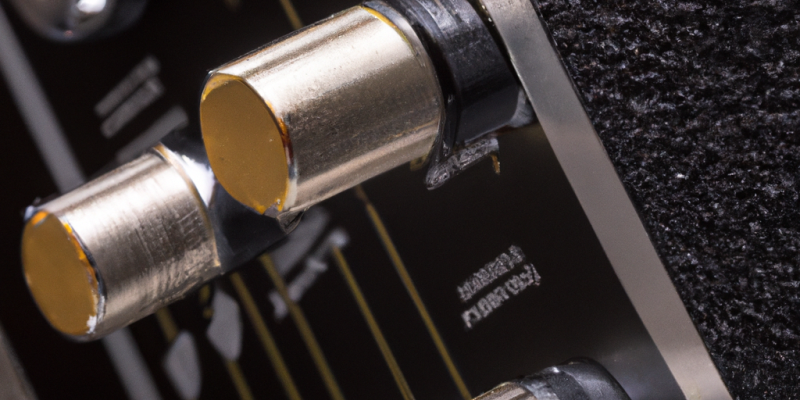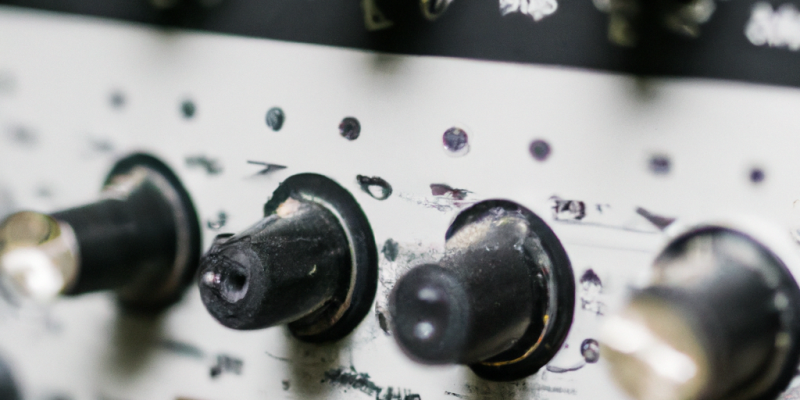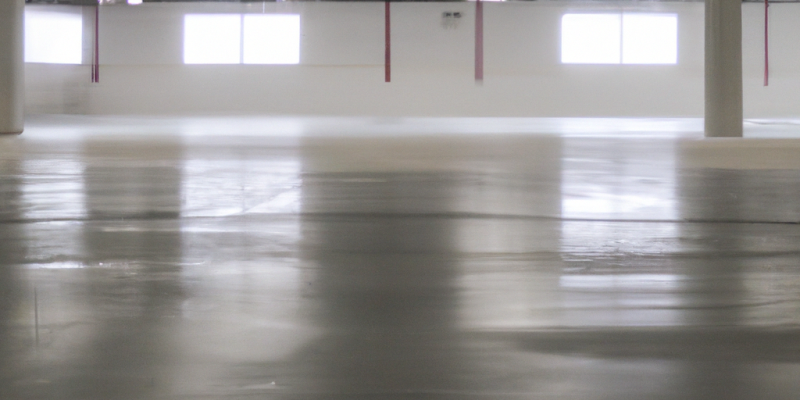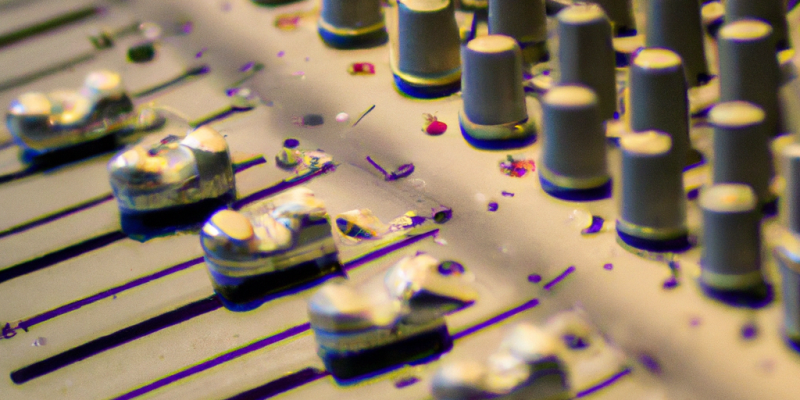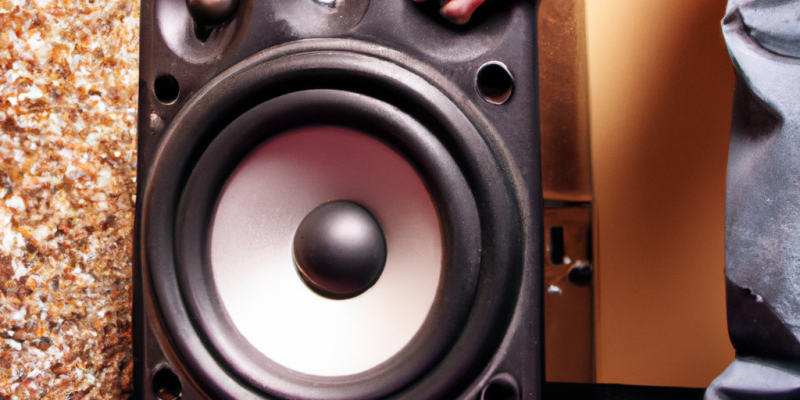
Music & Audio Engineering
Parallel compression, also known as "New York compression" or "ducking compression," is a mixing technique that involves blending a compressed version of a track with the original, uncompressed track. This allows you to achieve a punchy and dynamic mix while preserving the character and transient details of the original track.
Master buss compression, also known as "bus compression" or "group compression," is a powerful mixing technique that can help bring cohesion and balance to your mix. It involves applying compression to the overall mix, rather than individual tracks, in order to even out the levels and create a cohesive sound.
Pre-delay is an often overlooked but powerful tool that can add space and dimension to your reverb. It's a feature found on many reverb plug-ins that allows you to add a delay before the reverb effect is applied. This can help create a sense of space and distance in your mix, making it sound more immersive and realistic.
EQ, or equalisation, is a powerful tool that can be used to adjust the balance of frequency in audio. It's a fundamental aspect of audio mixing and mastering, and can be used in both professional and personal settings. In this blog post, we will discuss how to use EQ for work and pleasure.
K-System metering is a standardised method of measuring and setting audio levels that was developed by German mastering engineer and producer, Bob Katz.
Studio monitors are an essential tool for any recording or production studio, providing accurate and precise sound reproduction for mixing and mastering. However, setting up studio monitors correctly can be a tricky task, and even a small mistake can result in an inaccurate and unsatisfying sound. In this blog post, we will discuss some tips and techniques for setting up studio monitors for the best sound.
